Drawing Solids on a Flat Surface
We have already seen in the previous sections, how when depicting real life 3-D objects on a piece of paper, often the diagram becomes two dimensional. However, using visual illusion, we can draw a solid shape so that the diagram is distorted to look like a three-dimensional object.
There are two techniques for doing this, which we will look into now.
Oblique Sketches
Here, we have a diagram of a cube. What can be said about it? It gives a clear depiction of how a cube looks like when viewes from the front. We also do not see certain faces. In the diagram drawn here, the lengths are not necessarily equal as they should be in a cube, yet we are able to recognise the object as a cube. Such a sketch of a solid is called an oblique sketch of that solid.

In the oblique sketch we make the following observations:
The sizes of the front face and its opposite face are the same
The edges, which are all equal in a cube, appear so in the sketch. However, the actual measures of edges are not taken into consideration.
Similarly, we can make one for a cuboid:

Isometric Sketches
The second type of sketch for making 3-D depictions of objects is using an isometric sheet. On these sheets, we draw sketches where the measurements agree with that of the real-life measurement values of the object. These sketches are called isometric sketches.
An isometric dot sheet is a sheet which divides the paper into small equilateral triangles made up of dots or lines. The last point in every alternate row is missing. We can use these sheets whenever we want to draw sketches having the real-life dimension values.
Let us try to draw an isometric sketch of a cuboid of dimensions 4 × 2 × 2 i.e. length, breadth and height are 4, 2, 2 units respectively.
The diagram drawn will look something like the following:


The process would look something like this:
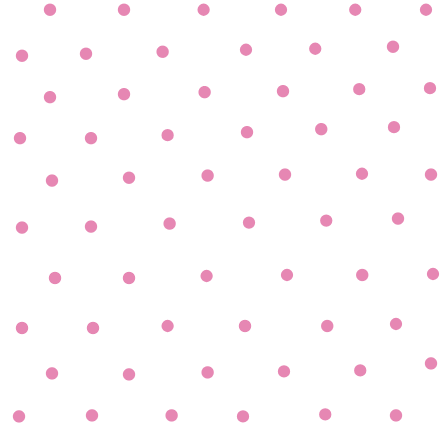
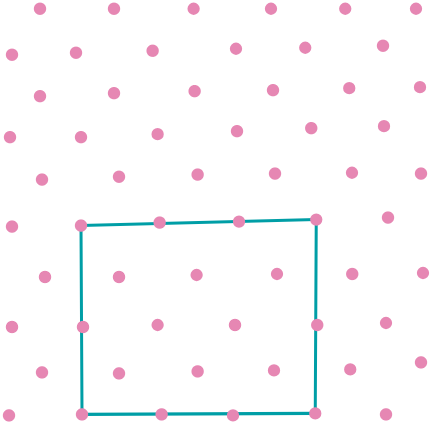
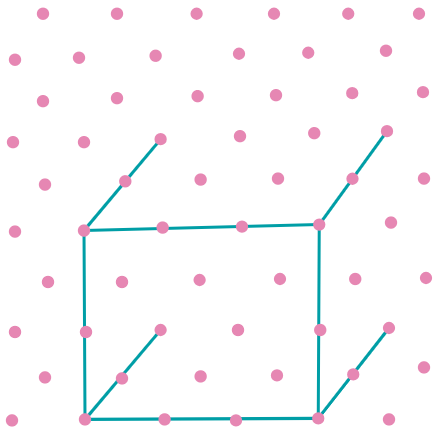

Note: In case of an isometric sketch, the measurements have the same dimension values, which is not necessarily the case, in an oblique sketch.
Let's Solve
On isometric dot paper, make the isometric sketches for the following given shapes:
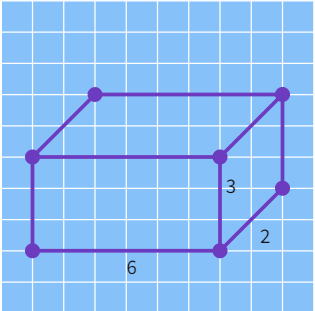

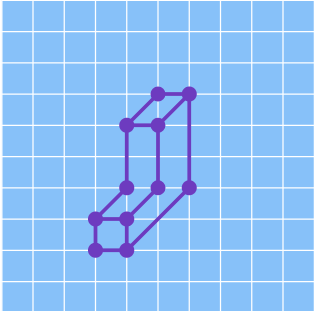

Make the oblique sketches for each one of the given isometric shapes:
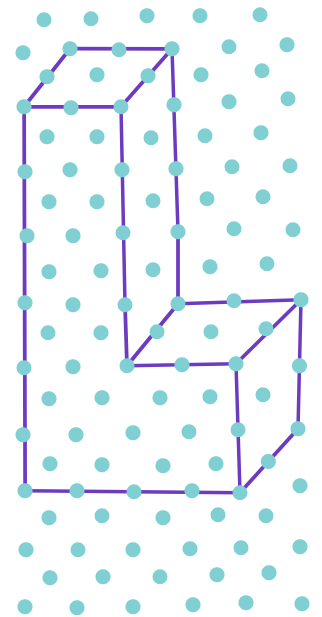

Visualising Solid Objects
Activity: Let's take some cubes or toy blocks and experiment a bit. Make any random structure (or) arrangement using the toy blocks (try to make an asymmetric one, if possible). Once finished, try to view this structure from different sides. Can you see all the blocks used for making the structure? Especially in the case of an asymmetric random structure, can you guess the number of blocks used for making a structure whilst viewing it only from one side? Even better, ask someone else to view the structure that you have made from just one side and guess the total block number for the structure?
For some simple structures, guessing the answer isn't an issue. However, the more complex the structure becomes, the higher the chances of getting the answer wrong.
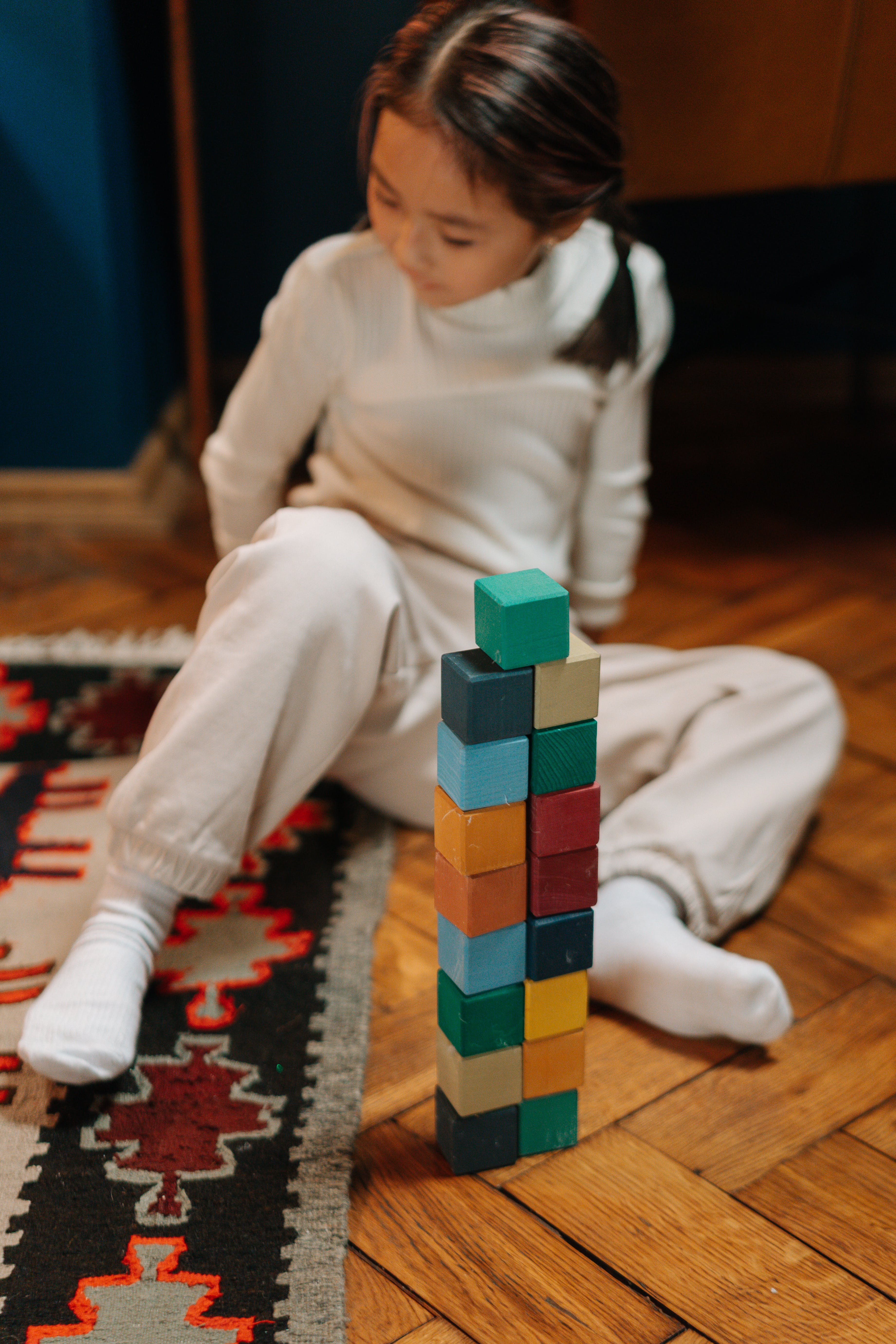
(a) Easy to guess the exact number of blocks used

(b) Not so easy to guess the number for making the block castle.
This tells us that, depending on our view point, we perceive the number of blocks used for making a structure differently. Let's take another example as shown below:


While for complex structures, such experiments or activities are liable to cause error. None the less, such visualisation is very helpful. Say, suppose we form a cuboid by putting the small cubes together. Since, the cubes are all symmetric and their dimensions are most likely known by us,we will be able to guess what the length, breadth and height of the cuboid would be.
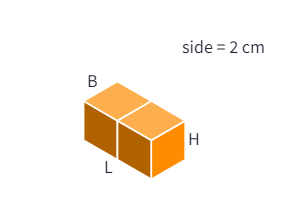
In the above figure, two cubes are arranged such that a cuboid is now formed as shown? The resulting length is
Let's Solve
- Two dice are placed side by side as shown:

Numerical values denote the number of dots on the face of the die
Can you say what the total would be on the face opposite to
Face opposite to 5 = 7 - 5 = 2
Face opposite to 6 = 7 - 6 = 1
Therefore, the total becomes 2 + 1 = 3
Face opposite to 4 = 7 - 4 = 3
Face opposite to 3 = 7 - 3 = 4
Therefore, the total becomes 3 + 4 = 7
- Try guessing the number of cubes in the folllowing arrangements:
